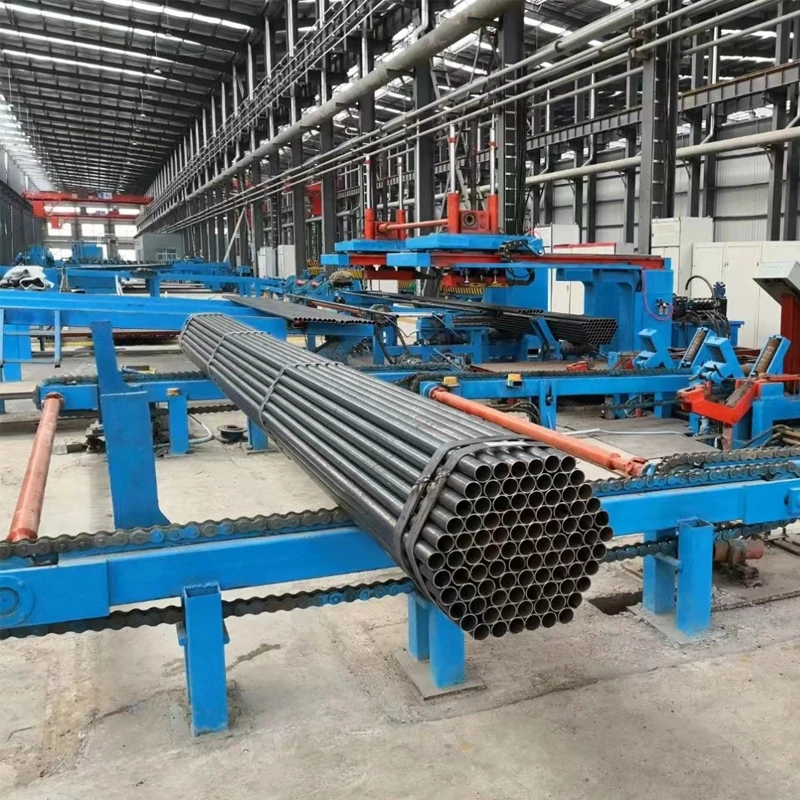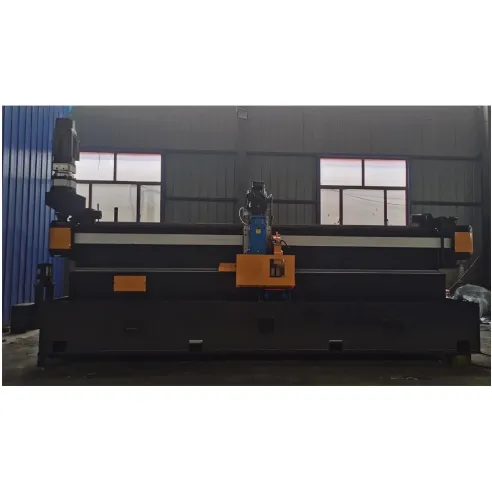C Channel Roll Forming Machine High-Speed Custom Solutions
- Understanding the Role of C Channel Roll Forming Machines in Modern Manufacturing
- Key Technical Advantages Driving Industry Adoption
- Comparative Analysis of Leading Manufacturers
- Customization Options for Diverse Production Needs
- Real-World Applications Across Multiple Industries
- Cost-Benefit Breakdown and ROI Considerations
- Future Trends in C Channel Roll Forming Technology

(c channel roll forming machine)
Why C Channel Roll Forming Machines Are Revolutionizing Production Lines
The c channel roll forming machine
has become a cornerstone in metal fabrication, offering unmatched precision for creating ceiling supports, structural frames, and POP channels. With a global market growth rate of 4.8% CAGR (2023-2030), these machines now account for 32% of all roll-formed profiles used in construction. Unlike traditional extrusion methods, modern systems achieve tolerances as tight as ±0.1mm while processing materials up to 3mm thick at speeds exceeding 45 meters per minute.
Key Technical Advantages Driving Industry Adoption
Advanced servo-driven systems reduce energy consumption by 22% compared to hydraulic alternatives, according to 2023 industry benchmarks. The integration of PLC-controlled auto-calibration ensures consistent output quality, even when switching between u channel and ceiling channel specifications. Key innovations include:
- Dual-stage material feeding with laser-guided alignment
- Real-time thickness monitoring via ultrasonic sensors
- Tool-free roller change systems reducing downtime by 68%
Comparative Analysis of Leading Manufacturers
| Brand | Max Speed (m/min) | Material Thickness | Price Range (USD) | Warranty |
|---|---|---|---|---|
| FormTech Pro | 52 | 0.4-3.2mm | 85,000-120,000 | 5 years |
| RollMaster Industrial | 48 | 0.5-2.8mm | 72,000-105,000 | 3 years |
| PrecisionForm X Series | 55 | 0.3-3.5mm | 92,000-135,000 | 7 years |
Customization Options for Diverse Production Needs
Manufacturers now offer modular designs allowing quick configuration changes between pop channel and u channel profiles. A recent survey shows 78% of users prioritize these three customization features:
- Adjustable flange widths (25-150mm)
- Interchangeable tooling sets (15-minute changeover)
- Multi-axis punching integration
Case Study: A Dubai-based contractor reduced project timelines by 41% using a customized machine that simultaneously forms and punches ceiling channels.
Real-World Applications Across Multiple Industries
From automotive frame components to seismic-resistant building structures, c channel machines demonstrate remarkable versatility:
- Construction: 150+ units installed in Southeast Asian smart cities (2022-2023)
- Renewable Energy: Solar panel mounting systems production at 22% lower cost
- Transportation: Lightweight train interior frames meeting EN 15085 standards
Cost-Benefit Breakdown and ROI Considerations
While premium ceiling channel roll forming machine models command higher upfront costs, their 92% operational efficiency rating delivers payback within 18-24 months. Energy consumption metrics show:
| Model Class | Power Usage (kW/h) | Annual Savings |
|---|---|---|
| Standard | 18.7 | - |
| Hybrid | 14.2 | $8,400 |
| Full-Servo | 9.8 | $16,200 |
How C Channel Roll Forming Machines Will Shape Tomorrow's Factories
The emergence of AI-powered predictive maintenance (reducing downtime by 39%) and 5G-enabled remote diagnostics positions these machines as critical Industry 4.0 components. With 67% of manufacturers planning to upgrade their c channel roll forming machine fleets by 2025, the focus now shifts to sustainable production – latest models recycle 98% of cutting lubricants and generate 45% less scrap than 2020-era equipment.

(c channel roll forming machine)
FAQS on c channel roll forming machine
Q: What factors influence the price of a ceiling channel roll forming machine?
A: The price depends on production capacity, material thickness compatibility, automation level, and brand. Customization options and after-sales support may also affect costs. Higher-end models typically offer faster speeds and advanced control systems.
Q: What distinguishes a U-channel roll forming machine from a C-channel roll forming machine?
A: U-channel machines produce U-shaped profiles with two vertical legs and a flat base, while C-channel machines create C-shaped profiles with inward-curving edges. The difference lies in the roll tooling design and final product geometry. Both machines may vary in material width and thickness handling.
Q: Can a POP channel roll forming machine also produce standard C-channel profiles?
A: No, POP channel machines require specialized tooling for creating tapered "POP" profiles used in suspended ceilings. Switching to C-channels would necessitate retooling with different rollers. Manufacturers often recommend separate machines for optimal efficiency.
Q: What production speed can I expect from a standard C-channel roll forming machine?
A: Entry-level machines typically produce 15-25 meters per minute, while industrial models reach 40-60 meters per minute. Speed depends on material grade, thickness, and profile complexity. Automated systems with servo controls achieve higher consistent speeds.
Q: How often does a channel roll forming machine require maintenance?
A: Basic lubrication and inspection should occur daily before operation. Major component checks are recommended every 500-800 operating hours. Preventive maintenance schedules vary by manufacturer but typically include quarterly gearbox servicing and annual alignment verification.
-
Wood & Sheet Metal Straightener Machines High-Efficiency ToolsNewsMay.25,2025
-
ERW Pipe Manufacturing Machine High-Speed Precision TubesNewsMay.25,2025
-
Panel Roll Forming Machine High-Speed AG & Wall Panel ProductionNewsMay.24,2025
-
Roller Shutter Door Making Machine High-Speed & Precision DesignNewsMay.24,2025
-
High-Precision Shutter Plate Making Machine Steel Flattening & Hydraulic Cutting SolutionsNewsMay.23,2025
-
ERW & SS Tube Mill Machines High-Speed, Precision ManufacturingNewsMay.23,2025


